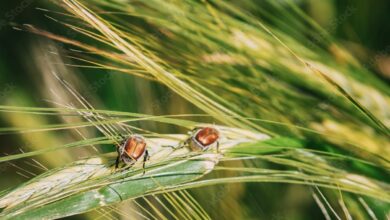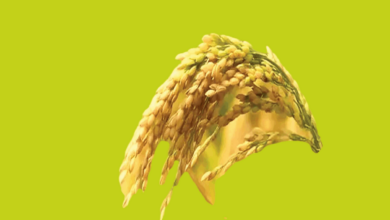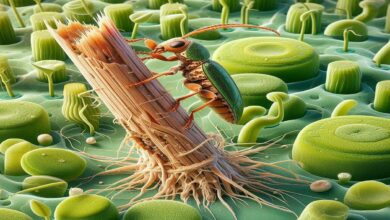Kidney Bean: If you want to get bumper yield from kidney bean cultivation, then pay special attention to these things
Kidney Bean: One of India’s major pulse crops, kidney beans are prized for their nutritional value and culinary versatility. In North India, kidney beans are grown during the Kharif season. The majority of the nation’s farmers are abandoning conventional farming to try their hand at non-traditional farming, and they are doing well at it. In order to generate a high income quickly, the majority of farmers choose to grow pulse crops. Farmers must take extra care with adequate ground preparation, variety selection, irrigation, sowing method, and pest and disease control if they want to grow kidney beans with a high yield.

What should Farmers Consider for a Bumper Harvest of Kidney Beans?
Adequate Soil
Kidney bean cultivation is thought to be possible on loamy soil that has a pH of 6.0 to 7.5 and adequate drainage. Before planting, farmers need to deep plough the land; a harrow might be useful for this. To determine if your field’s soil is nutrient deficient, you must have a soil test conducted before planting. If a defect is there, it has to be addressed. The kidney bean field should be leveled by farmers to provide uniform water distribution.
The Right way to Sow
Prior to planting kidney beans, farmers should choose their enhanced kinds. When discussing disease-resistant kidney bean types that also provide a decent yield, one may choose any of the following: PDR-14, PDR-31, PDR-14, Uday, Utkarsh, and others. To avoid soil-borne illnesses in their fields, farmers should use fungicides such as carbendazim or thiram at a rate of around 2 grams per kilogram of seed.
In North India, the end of June to the start of July is said to be the ideal time of year to plant kidney beans. The line planting technique is the best way to cultivate it. Plants should be spaced 10 to 15 cm apart, and rows should be kept 30 to 45 cm apart from one another.
Take Care of the Weeds
The initial step in controlling weeds in the kidney bean field is to apply 1 kilogram of pendimethalin per hectare. Weeding should be done by hand about 20 to 25 days after seeding, and then again after 45 to 50 days to maintain the kidney bean field free of weeds. To stop pests from proliferating, you should utilize pheromone traps and conduct routine field inspections.
When should the Crop be Harvested?
The kidney bean crop is ready for harvesting when the pods begin to turn yellow and the seeds begin to rattle within. Only roughly 90 to 100 days after seeding does its crop become ready for harvest. Harvesting it should be done with extreme caution. Either by hand or with the aid of a mechanical thresher, the plants should be gathered for this purpose.






